
Bertie Odell Swor, Sr. (January 9, 1871 - November 30, 1943) was a minstrel show performer. [1]

Bertie Odell Swor, Sr. (January 9, 1871 - November 30, 1943) was a minstrel show performer. [1]
He was born on January 9, 1871, in Paris, Tennessee, to Albert Gallatin Swor and Susan Martha Boyd. He started a vaudeville act with his brother, John Francis Swor. When Moran and Mack were temporarily estranged, he worked with George Moran as part of the Two Black Crows routine. [1]
He married Amy B. Archer (1911-1974) around 1894 and they had as their child, Bert O'Dell Swor, Jr. (1895-1931).
He performed with the minstrel show of Al G. Fields from 1911 to 1931. In 1931 he was in Brass Ankle, the Broadway show. [1]
He retired in 1931. A benefit was given in his honor in Dallas, Texas, in April 1941. [1]
He died in a hotel room in Tulsa, Oklahoma, on December 1, 1943. [1] His widow married Jack Norworth in 1951. [2]

The Ziegfeld Follies was a series of elaborate theatrical revue productions on Broadway in New York City from 1907 to 1931, with renewals in 1934 and 1936. They became a radio program in 1932 and 1936 as The Ziegfeld Follies of the Air.
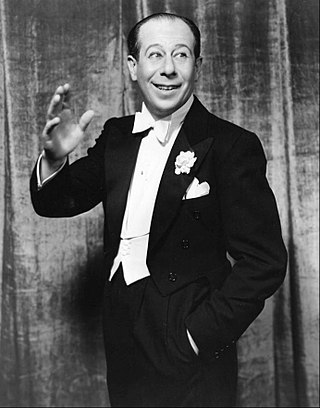
Irving Lahrheim, known professionally as Bert Lahr, was an American actor. He was best known for his role as the Cowardly Lion, as well as his counterpart Kansas farmworker "Zeke", in the MGM adaptation of The Wizard of Oz (1939). He was well known for his quick-witted humor and his work in burlesque and vaudeville and on Broadway.

John Godfrey Knauff, known professionally as Jack Norworth, was an American songwriter, singer and vaudeville performer.

Howard Dietz was an American publicist, lyricist, and librettist, best remembered for his songwriting collaboration with Arthur Schwartz.
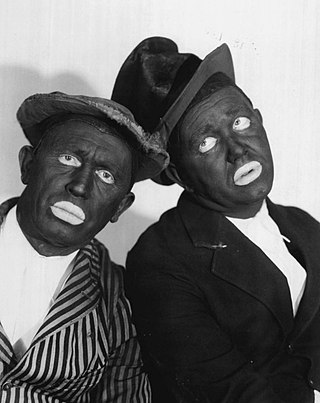
The Two Black Crows was a blackface comedy act popular in the 1920s and 1930s. The duo appeared in vaudeville, on Broadway, on radio, comedy records, and in film features and shorts.

Albert Jerome Wheeler was an American comedian who performed in Broadway theatre, American comedy feature films, and vaudeville acts. He was the comedy partner of Robert Woolsey, and together they formed a successful double act called Wheeler & Woolsey.
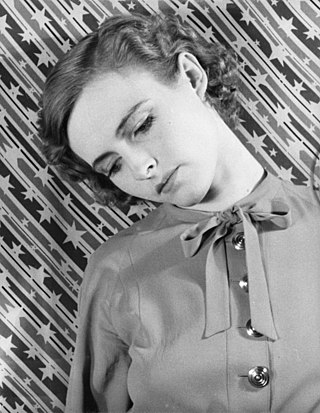
Lois Moran was an American film and stage actress.

John Francis Regis Toomey was an American film and television actor.
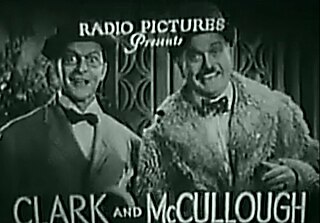
Robert Edwin Clark, known as Bobby Clark, was a minstrel, vaudevillian, performer on stage, film, television and the circus. Known for his painted-on eyeglasses, he was part of a comedy team with Paul McCullough for 36 years.

Why Bring That Up? is a 1929 American pre-Code musical film directed by George Abbott and starring minstrel show comedians Charles Mack and George Moran, as blackface team Two Black Crows.
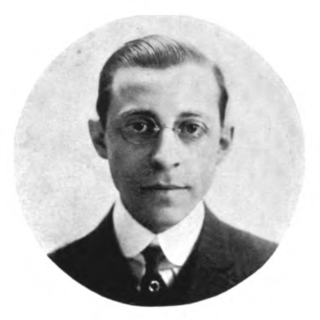
David Stamper was an American songwriter of the Tin Pan Alley and vaudeville eras, a contributor to twenty-one editions of the Ziegfeld Follies, writer for the Fox Film Corporation, and composer of more than one thousand songs, in spite of never learning to read or write traditional music notation. He may have written "Shine On Harvest Moon", a claim supported by vaudeville performer and writer Eddie Cantor. He was also a charter member of the American Society of Composers, Authors and Publishers or ASCAP.
Thomas Percival Montague Mackey was a British pianist, composer and bandleader. He is particularly known for his work as a composer and musical director for films during the 1930s and 1940s.

Jack Cameron, also known as Jack Kammerer, was an American actor, singer, and acrobatic comedian whose career spanned almost five decades. He appeared in vaudeville, burlesque, film, radio, and television. Cameron was best known for his vaudeville performances, first as part of the Kammerer & Howland musical comedy act, and later as a principal comedian on the Keith-Albee circuit. He appeared in several motion pictures and could be heard on WPRO (AM) radio as the “Singing Salesman.”
William J. Flannery was a vaudeville comedian and minstrel show performer. He also sang in operettas and musical comedies. He was a member of the National Variety Artists. He went by the stage name of Billy Gould.

Alfred Griffin Hatfield was a performer and minstrel show producer as Al G. Field and sometimes Al G. Fields.

Charles Sellers was an American minstrel show performer who worked in blackface under the stage name Charles Mack. He worked with John Swor and later George Moran as the Two Black Crows.
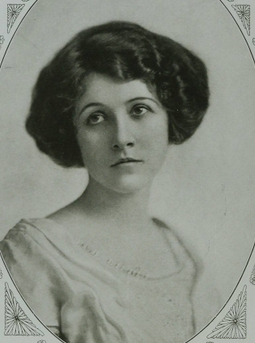
Mabel Rowland was an American monologist, actress, writer, director, editor, and the founder of the Metropolitan Players in New York City.

Edward LeRoy Rice was an American producer of minstrel shows. He was the leading authority on the history of minstrel shows. He also bought and sold theatrical memorabilia.

George Walker and Bert Williams were two of the most renowned figures of the minstrel era. However the two did not start their careers together. Walker was born in 1873 in Lawrence, Kansas. His onstage career began at an early age as he toured in black minstrel shows as a child. George Walker became a better known stage performer as he toured the country with a traveling group of minstrels. George Walker was a "dandy", a performer notorious for performing without makeup due to his dark skin. Most vaudeville actors were white at this time and often wore blackface. As Walker and his group traveled the country, Bert Williams was touring with his group, named Martin and Selig’s Mastodon Minstrels. While performing with the Minstrels, African American song-and-dance man George Walker and Bert Williams met in San Francisco in 1893. George Walker married Ada Overton in 1899. Ada Overton Walker was known as one of the first professional African American choreographers. Prior to starring in performances with Walker and Williams, Overton wowed audiences across the country for her 1900 musical performance in the show Son of Ham. After falling ill during the tour of Bandana Land in 1909, George Walker returned to Lawrence, Kansas where he died on January 8, 1911. He was 38.